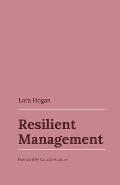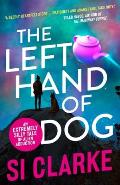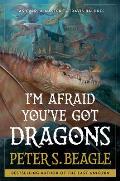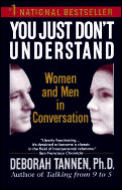
Recommended to me by: Allison McMillan
Managers of engineering teams are often software engineers promoted to management without additional training, and without the realization that management is a new job requiring new skills. This is a compassionate and kind book with a lot of practical, actionable advice on how to be better manager of a software team.
It starts with a common description of the stages of a new Agile team:
- Forming – everyone is politely getting to know each other
- Storming – conflicts arise from people’s different ways of working and interacting
- Norming – the team settles into functional ways of working together
- Performing – the team is a cohesive whole, effectively moving forward and accomplishing their goals
In the section on getting to know team members, Lara Hogan emphasizes that everyone has different needs and preferences, and it works better to be curious than to assume everyone is the same. She offers this list of First 1:1 Questions to get to know each person.
It is important to be mindful of people’s core needs. Paloma Medina describes core needs as:
- Belonging
- Improvement/Progress
- Choice
- Equality/Fairness
- Predictability
- Significance
which spells BICEPS as a memory aid. More at: palomamedina.com/biceps
Managers have many jobs, from keeping the team’s work on track to coaching team members to helping resolve problems and conflicts. Managers can ask themselves what they are optimizing for, and communicate that, to help team members know what to expect and how best to work together.
With each team member, managers can mentor (give advice), coach (ask open questions), sponsor (give a team member opportunities) and give feedback (both positive and negative). Coaching is a skill worth developing to help people grow.
One way to structure feedback is: Observation of behavior + Impact of behavior + Request or Question = Specific, actionable feedback. Observations should be neutral and factual. Impact can relate to feelings, and should also be measurable and understandable by the feedback recipient. For example, emails that are too terse add much more time to the overall process of communicating.
Set clear expectations and assign roles for projects and decisions with RACI – who is Responsible, Accountable, Consulted, and Informed. This prevents committees where everyone is in on the discussions but no one person takes action.
Teams can have a Vision, Mission, Strategy, and Objectives to align toward accomplishing their goals.
Identify and document the team’s meetings, communication channels, and processes, to help new people who are joining, and to have a single point of reference.
Plan carefully for communications about difficult topics that impact the team, for example, reorgs or layoffs. Who needs to know when, what to say, etc.
Communication can have different tones or energies, which can be represented with colors.
- Red – a bit of anger, frustration, edge, or urgency
- Orange – cautious, hesitant, tiptoes around topics
- Yellow – lighthearted, effervescent, cracks jokes
- Green – in tune with others’ feelings, loving, high emotional intelligence
- Blue – calm, cool, collected, steady
- Purple – creative, flow, great at storytelling
- Brown – adds (and lives in) nuance, complexity, or ambiguity
- Black – blunt, unfeeling, no nuance, cut and dry
Listen for people’s motivations and connect messages about things you want them to do to things they care about.
Manage your own energy, and delegate more to team members, which helps them grow and lightens your load. Say no to things that aren’t the highest priorities. Develop a support network of other managers, by reaching out for conversations.
Highly recommended for new and existing managers, and also people who are managed. We can acquire new skills on both sides of the management relationship.





